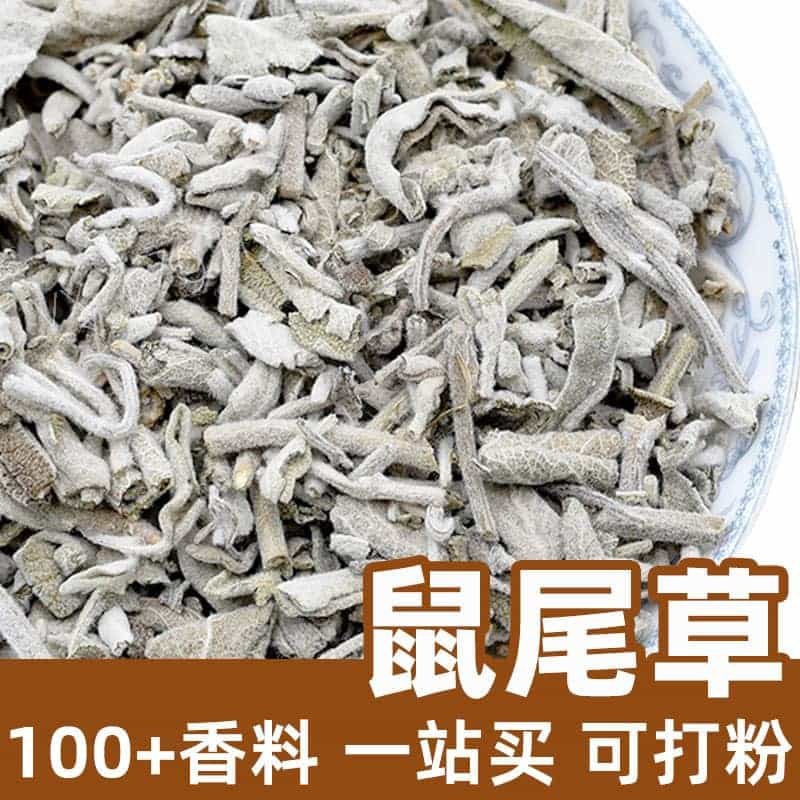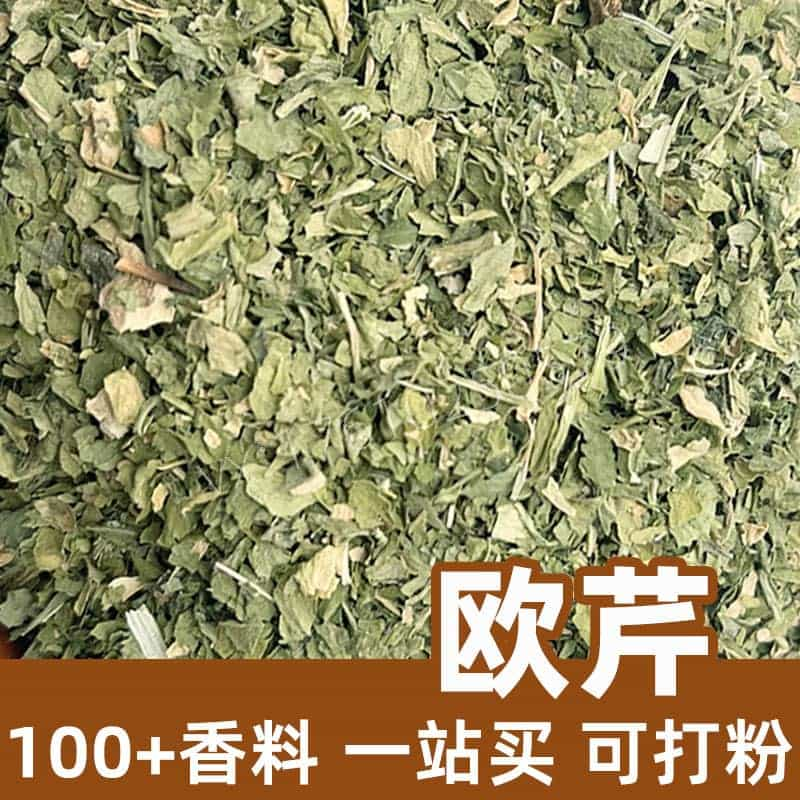Product Introduction
Galangal, also known as Aromatic Ginger, Sugar Ginger, Red Ginger, or Scarlet Ginger, is a common herbaceous plant. It is a perennial, growing about 1-2 meters in height. Galangal's rhizome is large, ginger-like in shape, with a brown or reddish-brown skin. Its leaves are long, oval, leathery, and dark green, while its flowers are white or pale pink, blooming in summer. The plant has a unique spicy aroma and is widely used in both culinary and herbal applications.
Aromatic Chemical Components
The distinctive aroma of galangal is primarily due to its chemical components, with galangin, volatile oils, and other alkaloids being the main active ingredients. These compounds contribute to galangal's unique, spicy fragrance.
Galangin is one of the primary components, giving galangal a distinctive aromatic quality. The volatile oils also play an essential role in galangal’s spicy fragrance, providing much of its characteristic aroma. Compared to regular ginger, galangal's aroma is milder and more fragrant.
In addition to galangin and volatile oils, galangal contains other alkaloids and components, which also lend it a distinct flavor and aroma.
Types of Galangal
Galangal is commonly used in the form of its rhizome. The two main forms available in the market are dried galangal and galangal powder, meeting various needs across different fields.
Galangal powder is convenient for seasoning and cooking, while dried galangal can be further processed or extracted to make galangal spices and essential oils.
Usage Scenarios and Dosage
Galangal is widely used in cooking. Here are some of the main culinary uses and application methods:
- Flavoring Ingredients: Galangal can be used to season various dishes, adding a unique spicy aroma. It is commonly used in Asian cuisines, especially in Sichuan cuisine and seafood dishes, providing a mild, aromatic flavor. It can be sliced or chopped as needed, depending on the dish.
- Herbal Applications: Galangal is also widely used in herbal medicine, valued for its medicinal properties. It is often used in herbal teas and medicinal recipes, known for its ability to warm the stomach, improve digestion, and relieve gas.
When using galangal, it's essential to consider the right dosage and application method to fully enjoy its unique aroma. Dosage can be adjusted based on specific needs and personal taste. Galangal’s use in both cooking and herbal medicine enhances food and herbs with its distinctive flavor and aroma.
Introduction to the Plant, Distribution, and Growing Conditions
The botanical name for galangal is *Alpinia galanga*, and it belongs to the ginger family. It is mainly distributed in Southeast Asia, in countries like southern China, Indonesia, Thailand, and Malaysia.
Galangal thrives in tropical and subtropical regions, typically growing in moist, nutrient-rich soils.
The rhizome can be harvested and processed to produce commercial galangal spices and essential oils after suitable processing.
Harvesting, Processing, and Storage
Galangal rhizomes can be harvested at the plant’s mature stage. After harvesting, the rhizomes are cleaned and sliced, then dried or processed for extraction.
To maintain galangal’s freshness and aroma, it’s best stored in a cool, dry place, ideally in a sealed container to preserve its flavor.
In summary, galangal is a common spice plant known for its unique spicy aroma and flavor. It has extensive applications in cooking and herbal medicine, enhancing foods and herbal remedies with its distinctive aroma. Knowing galangal’s specifications, chemical components, and usage methods can help make the most of this spice, adding depth and a unique taste to foods and herbal preparations.
Monica Sun is a seasoned expert in the natural raw materials industry, with over a decade of experience specializing in traditional Chinese medicinal herbs, spices, and fungi. She is skilled in the sourcing, processing, and application of these materials, emphasizing sustainability and innovation. Monica Sun has contributed to the development of high-quality natural raw materials that serve as essential components in functional foods, pharmaceuticals, and cosmetics, delivering tailored solutions to meet diverse market needs.

.jpg?orientation=landscape&width=800&height=800)







.jpg)


.jpg)


